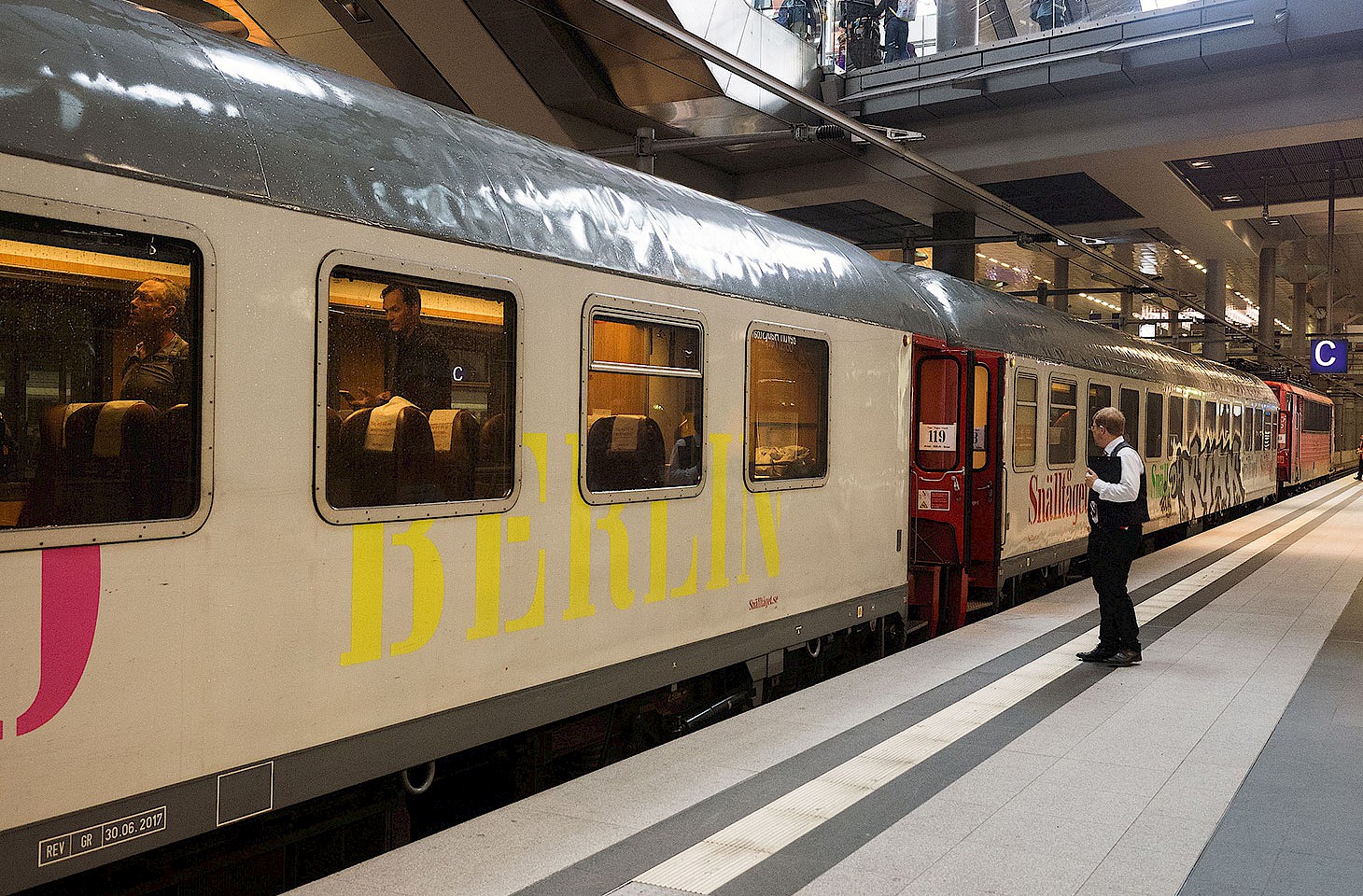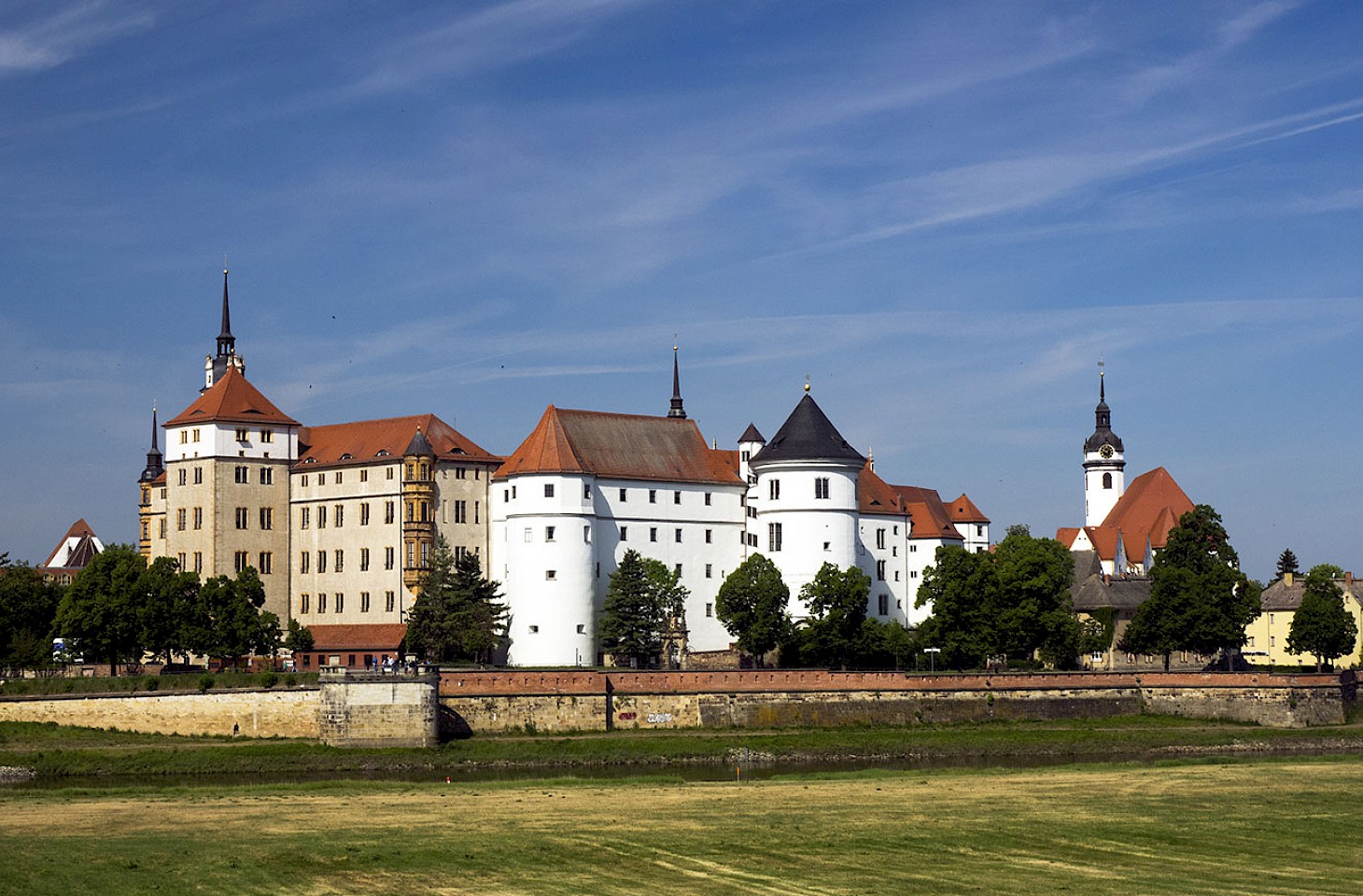The Fishermen’s Beach (Fischerstrand) in the Baltic resort of Binz is busy. Well-dressed couples, a fair density of fur coats, though it’s hardly a chill day. There are not a lot of children. Nor are there many fishermen. Just one. Towards the end of the beach Jürgen Kuse is doing a good trade in fish rolls and his smoked mackerel and peppered herring are both selling well.
For four generations Kuse’s family have run a modest fishery and smokehouse in one of eastern Germany’s showcase seaside towns. Of the coastal resorts on the island of Rügen, Binz is arguably the finest with its remarkable Bäderarchitektur — a very distinctive style of resort architecture, most commonly associated with those areas of the Baltic coast where there is — or was — strong German influence.
Handsome villas in these resorts often have striking avant-corps projections, fine gables and a feast of balconies and verandas, many of the latter with elaborate wooden ornamentation.
It’s all very fussy, but makes a deep impression, all the more so when — as in Binz — so many of the buildings are painted white. Baltic Bäderarchitektur has for many generations of German holidaymakers signalled sun, sea and sand. The tourist authorities in Binz deftly play the architecture card, promoting the town’s striking villas as the epitome of elegance and style while reminding would-be visitors that Germany’s Baltic coast catches more sunshine than any other region of the country.
Kuse’s premises by the beach are an antidote to the prevailing Binz style. His shack has a contrived informality with a simple, rustic manner: wooden decking; rope, nets and the paraphernalia of fishing; plus a five-star view across the bay to the chalky prominence of Cape Arkona away to the north-west.
Jürgen Kuse’s business has cult appeal. When German Chancellor Angela Merkel visited the island of Rügen, she stopped off for a snack at Kuse’s place. As have countless media personalities and Z-list celebs — the wannabe VIPs for whom seaside and stardom are inextricably intertwined.




